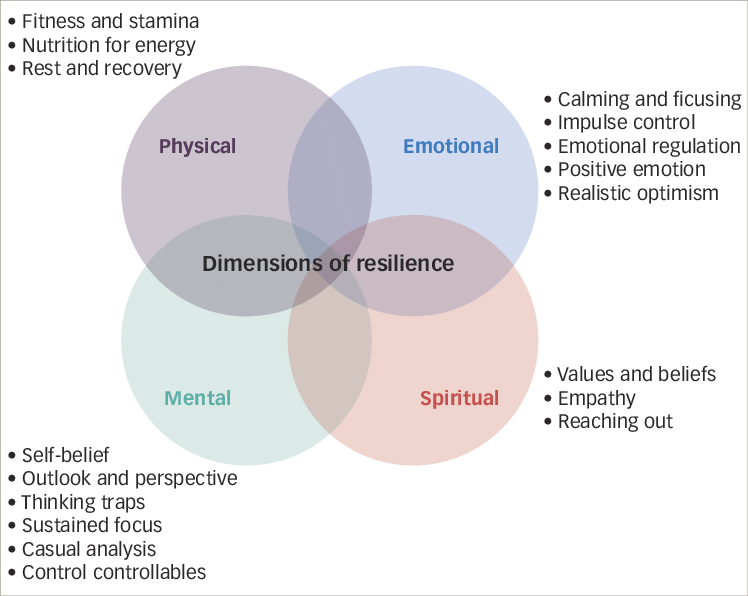Welcome to Chronic Resilience
So why did I choose the word resilient to represent what I do?
Resilience can be defined as “the ability of people or things to recover quickly after something unpleasant, such as shock, injury, etc.” (Oxford University Press, 2022) and “the process and outcome of successfully adapting to difficult or challenging life experiences, especially through mental, emotional, and behavioral flexibility and adjustment to external and internal demands” (APA, 2022)
To me resilience is about this bouncing back capacity, the ability to recover, regroup and continue moving forwards, even when there are steps backwards, or when the forward movement is not at all linear and may not feel like forward movement at all.
Image description: The words ‘what we think our recovery journey will look like’ next to a straight arrow, and ‘what it actually looks like’ next to a squiggly arrow
When we think ‘resilient’ we might think tough, strong or able to get through things, and it can absolutely mean all of these things, but it doesn’t mean you always need to be tough or strong. I want to be clear that we don’t always have to be the ‘strong’ version of resilient. To have resilience we also need be soft, to rest, to take short vacations from life and nourish and replenish ourselves. These are a crucial part of self-care, self-management, and, well, just being human really! I don’t buy into the toxic positivity or the “I always have to be strong” false narratives. Yes sometimes I’m strong and resilient, I can get ready in the morning, do a shift at work, come home and maybe do some gardening or walk the dog, participate in family dinner and get to bed. Other days I get into bed at the end of the day and feel like a useless waste of space for not having ‘achieved’ something during the day (the whole ‘productivity is your value’ fallacy in our culture is a topic for another time).
Image description: Heading reads 'balancing resilience and rest', picture of a balanced scales at the top and underneath on one side a ball bouncing off a surface and a person in a hammock on the other
I believe in people’s capacity to build a life worth living after hardships and with physical and mental health conditions, to find meaning and joy in the big and little things. No matter their capacity, people can find ways to engage in the things they want and need to do. This might look different to how we pictured things would work out, we may have had to change tack many times, make accommodations, ask for support (for example from an occupational therapist), screamed in frustration, collapsed in despair... but in the famous words of Blur: “I get knocked down, but I get up again” - we can bounce back and find resilience.
There are 4 types of resilience discussed in the literature (see pictures below) that describe the dimensions and the components/attributes of each dimension.
Dimensions of resilience as described by Rollin McCraty (2010) in his paper Coherence: Bridging personal, social, and global health. Image description: 4 coloured circles representing the 4 dimensions of resilience with the word coherence in the centre: physical (physical flexibility, endurance, strength), emotional (emotional range and flexibility, positive feelings, self regulation, relationships), mental (attention span, mental flexibility, optimistic world view, incorporating multiple points of view), spiritual (commitment to core values, flexibility and tolerance of others’ values and beliefs, intuition).
Dimensions of resilience in response to disease and treatment from the paper Neurorehabilitation in Multiple Sclerosis – Resilience in Practice by Jürg Kesselring (2017). Image description: 4 coloured circles representing the 4 dimensions of resilience with examples of attributes relevant to each dimension: physical (fitness and stamina, nutrition for energy, rest and recovery); emotional (calming and focusing, impulse control, emotional regulation, positive emotion, realistic optimism); mental (self-belief, outlook and perspective, thinking traps, sustained focus, causal analysis, control controllables); spiritual (values and beliefs, empathy, reaching out)
These dimensions are hugely relevant to occupational therapy and how I work. Building your capacity for resilience is possible. An occupational therapist focuses on occupations (all the things you do with your time) and making changes to the occupation or environment or upskilling people to reduce any barriers and make use of strengths and supports so you can participate in the things you want and need to do. I use many aspects from the dimensions of resilience in my everyday self-management. For example: reaching out for help, exploring my values, being aware of my self talk and the language I use, regulating my emotions, and exploring different ways to rest and recover. It is an ongoing learning process that has evolved over the years managing chronic physical and mental health challenges.
I feel like (mostly) I am resilient and capable and have developed ways to stay connected, nourish myself, do many of the things I want to do and live a meaningful life with some good bits in amongst the challenges. Supporting other people to develop their resilience, self-management and self-nourishing practices is my reason for starting up this practice - get in touch if you’d like to chat more.
Ka kite ano.
Image description: a waterfall cascades down the rocks, trees surround the top and rocks frame the stream that flows around to the left.




